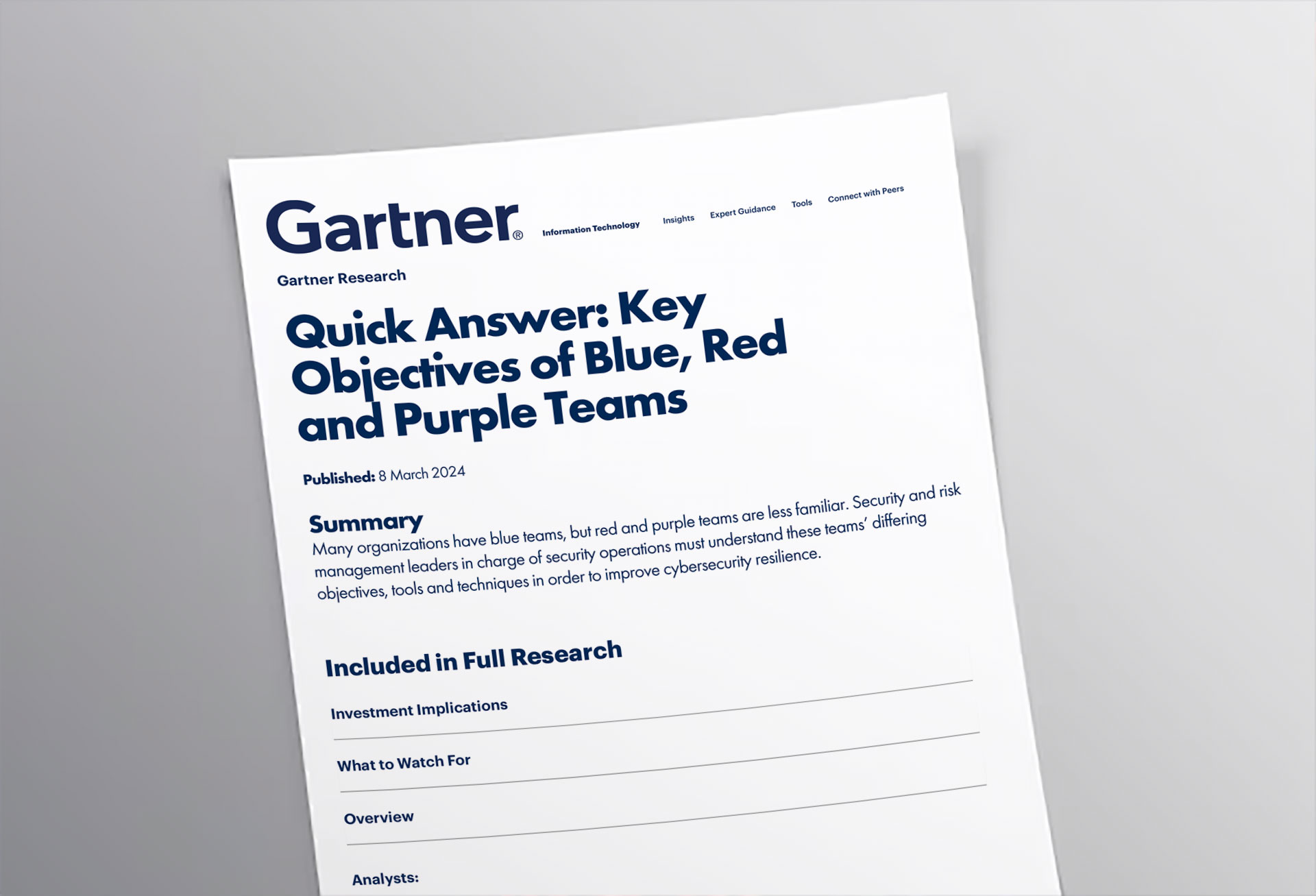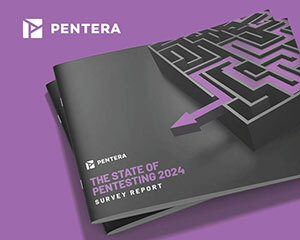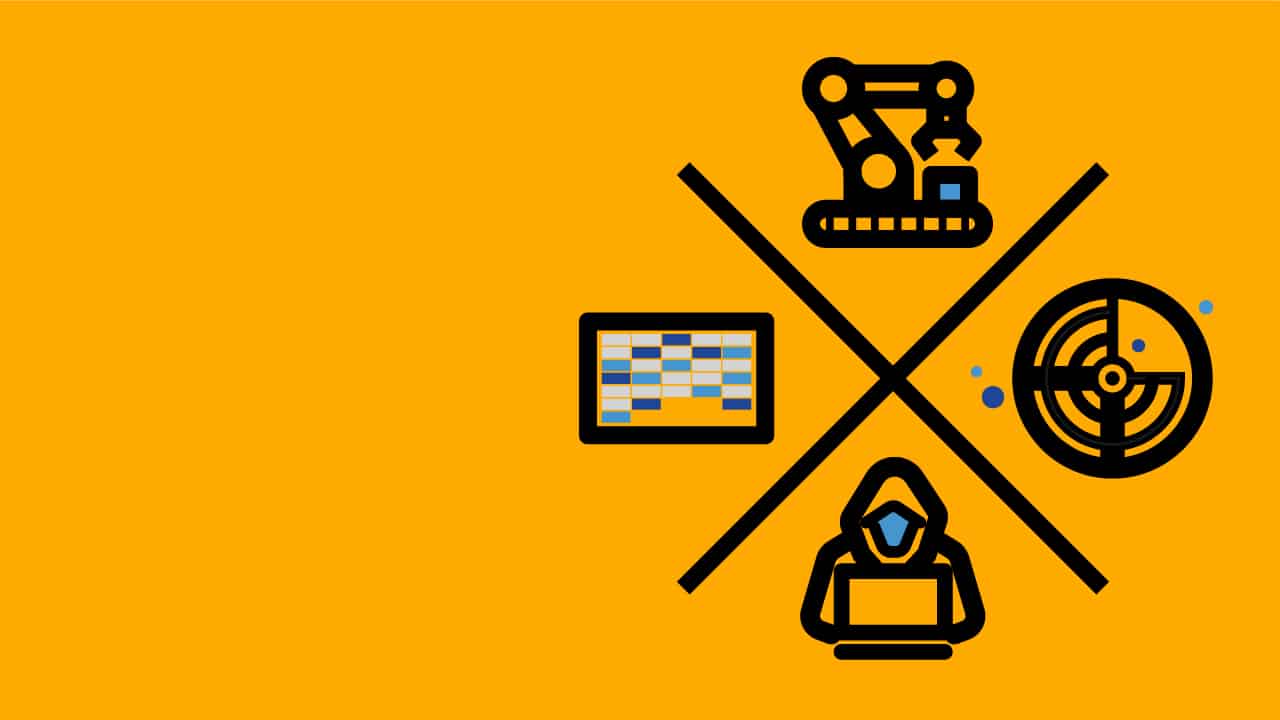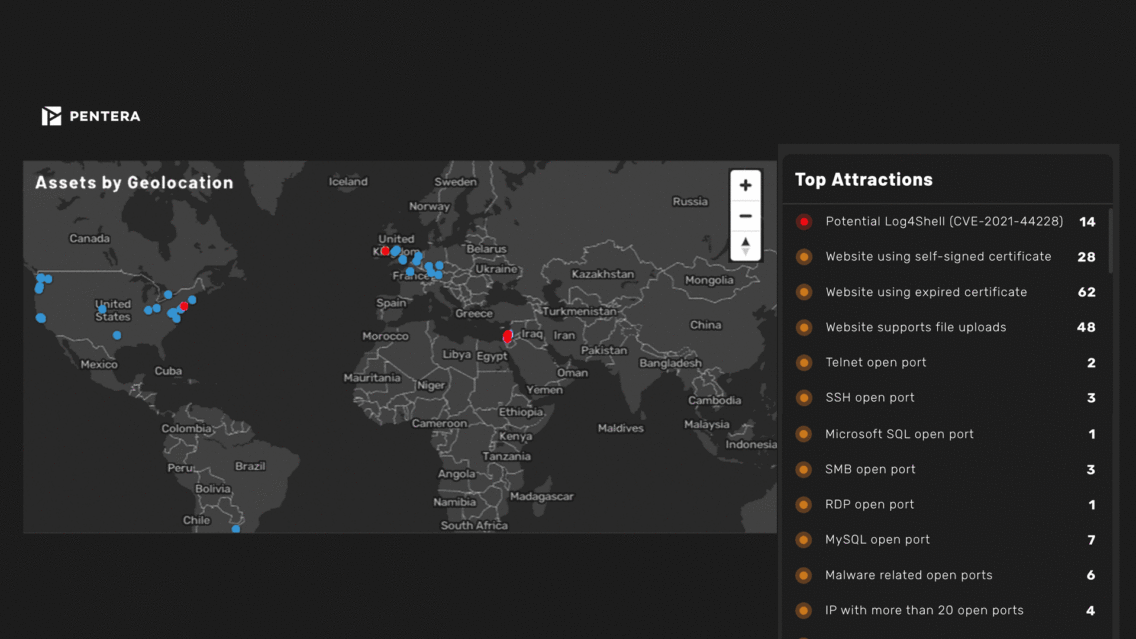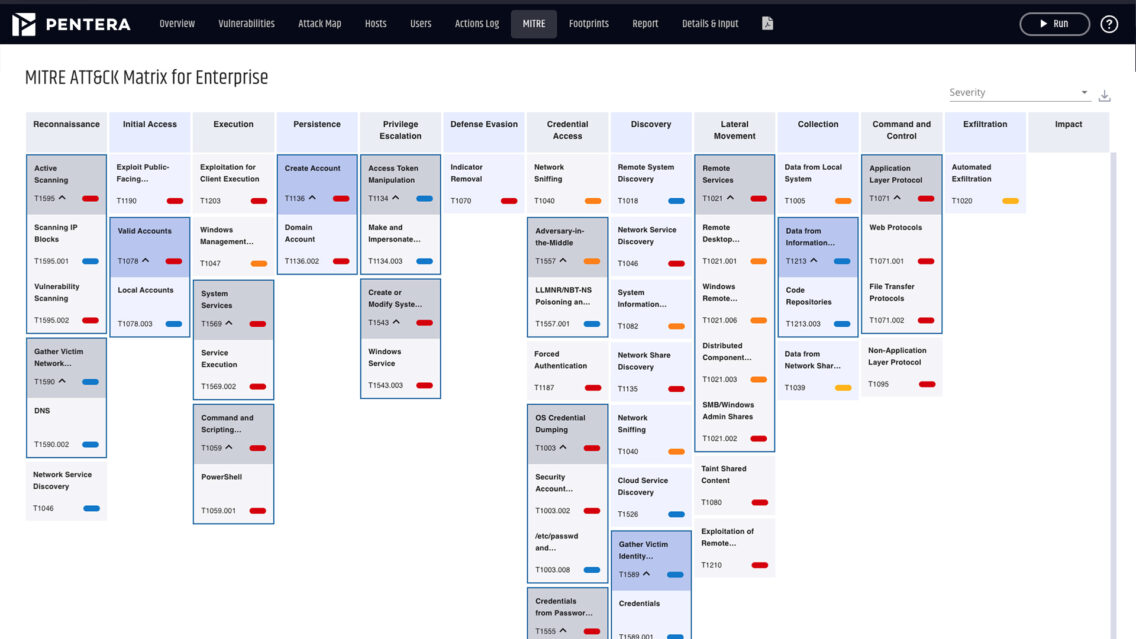According to Cisco’s latest cybersecurity reports, 19% of organizations had over 100,000 daily security alerts in 2023, a significant increase from previous years. Additionally, there were over 23,000 newly-discovered CVEs in 2023, setting a new record and emphasizing the growing challenge of managing vulnerabilities.
Taking the Adversarial Perspective in Vulnerability Management
The only way to filter through the sea of vulnerabilities is by attempting to exploit them. That’s what an adversary would do. This way, security teams get a concise attack vector pointing to the organization’s weakest link. From here, the remediation requests handed to IT are focused, manageable, and based on business impact. And the rest of the vulnerabilities can wait for ongoing patch management tasks. Taking the attacker’s point of view will allow the organization to lead a proactive security program rather than reacting to incidents as they (inevitably) crop up. This strategy is integral to effective vulnerability management.
Attack Surface Monitoring Dashboard
Comprehensive Coverage of Potential Attacks with Red Teaming
Adversaries take the path of least resistance to the critical assets. This means using the variety of techniques at their disposal to progress an attack, leveraging any vulnerability and its relevant correlations along the way. Accordingly, the validation methods used must match – they need to go beyond the static vulnerability scan or control attack simulation to include a full penetration test scope. This would cover attack emulation frameworks for security controls, vulnerability and credential strength attacks, network equipment testing, privileged access audits, lateral movement steps, and more. This comprehensive approach is a key aspect of red teaming.
Automate Security Validation for Continuous Testing
Security validation today must be as dynamic as the attack surface it’s securing. Periodical and manual tests are no longer sufficient to challenge the changes an organization undergoes. Security teams need to have an on-demand view of their assets and exposures, and the only way to get there is by automating testing. The growth in digitalization and cloud adoption, remote work, ransomware threats, and recent vulnerabilities like Log4Shell are just a few examples of how important continuous validation is for security teams to properly defend their organization. Continuous testing is a crucial component of effective SOC optimization.
Aligning Security Validation to MITRE ATT&CK and OWASP Top Ten
By aligning to industry standards, security teams ensure that their testing covers the latest adversary techniques. As most attacks succeed by leveraging the most common TTPs, challenging the attack surface against these frameworks provides comprehensive coverage of adversary techniques in the wild. In addition, it allows security executives to clearly report to management on validation of security control efficacy and enterprise readiness against potential threats.
Validate Security Against MITRE ATT&CK
Enter Automated Security Validation
Automated security validation is an advanced approach to testing the integrity of all cybersecurity layers, combining continuous coverage and risk prioritization for effective mitigation of security gaps.
This approach provides a true view of current security exposures by emulating real-life attacks, enabling an impact-based remediation plan rather than chasing thousands of vulnerabilities.
Security teams can know exactly where they stand and confidently strive towards maximum security readiness.
When evaluating security validation platforms make sure to check these boxes:
- Agentless, low-touch implementation – to ensure minimum to no overhead.
- Automated, zero playbook testing, providing a consistent process for security gap discovery and remediation.
- Safely attack the production network, leveraging ethical exploits to emulate the adversary without disrupting business operations.
- Validate the entire security stack with full scope of real-world techniques aligned to industry frameworks.
- Expose security gaps in cloud workloads and emulate lateral expansion weaknesses from on-prem to the cloud to the remote workforce.
- Immediate reporting that provides a prioritized list of which vulnerabilities are critical to fix based on business impact.
The question that needs answering is whether you know your organization’s true security risk at any given time. Do you know where the organization’s weakest links are so they can be remediated or mitigated before an attacker leverages them towards an attack?
If you’re ready to validate your organization against the latest threats including ransomware strains and Log4Shell vulnerabilities, request your free security health check today.
Discover how to effectively monitor and protect your attack surface with our Attack Surface Monitoring solutions.
Find out for yourself.
Begin your journey in security validation and see why leading companies trust us with their cybersecurity validation.
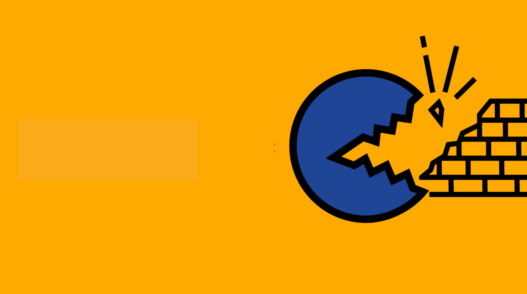
Correcting Common Firewall Misconfigurations
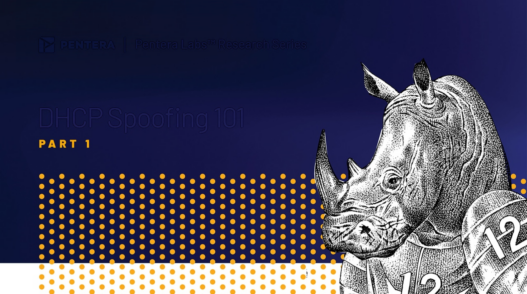
Preventing DHCP Spoofing Attacks

